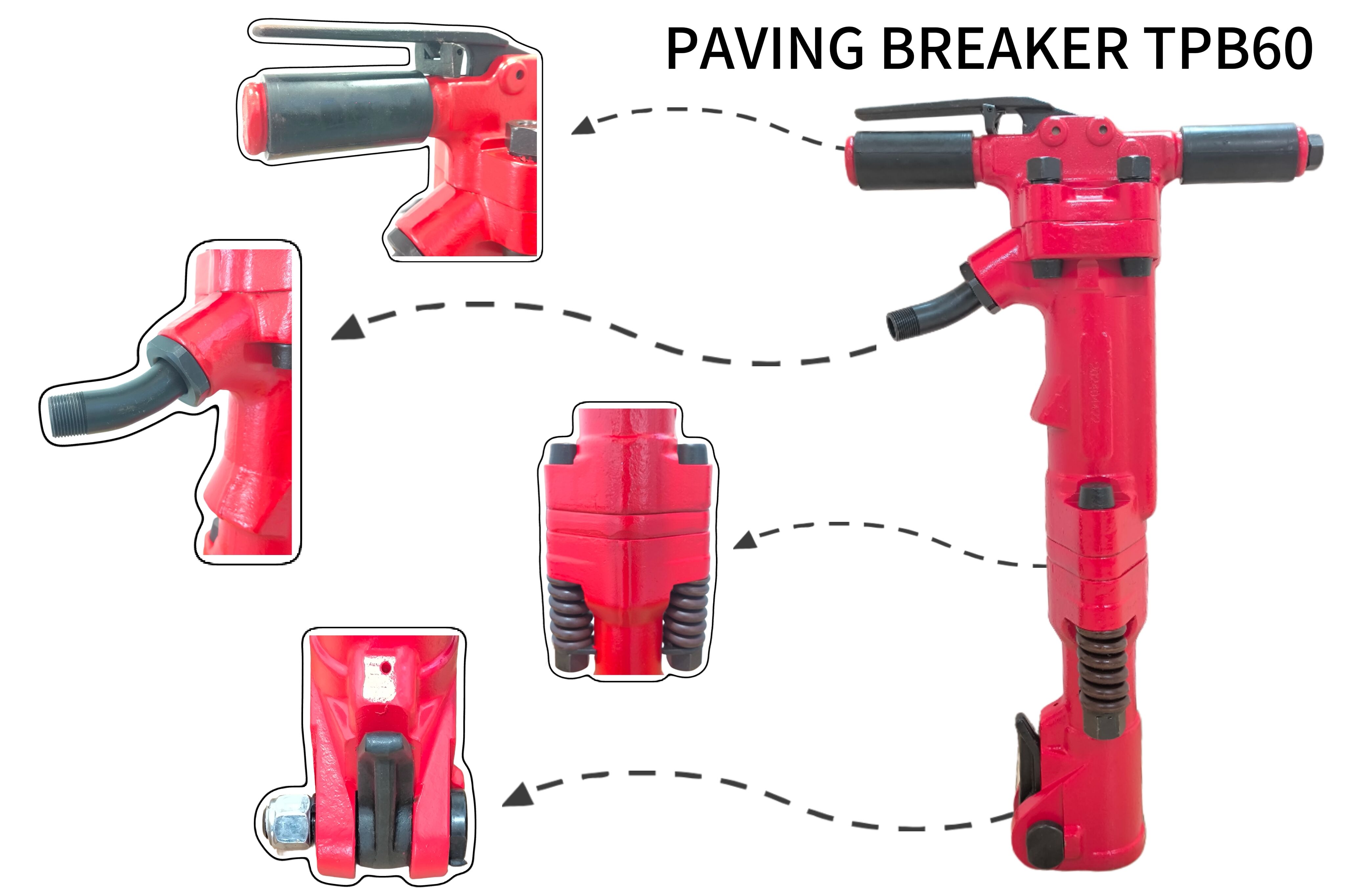pneumatic breaker price
Understanding pneumatic breaker pricing requires consideration of various factors that influence both initial investment and long-term value. Pneumatic breakers, essential tools in construction and demolition work, typically range from $500 to $5000, depending on size, power output, and manufacturer quality. These powerful tools harness compressed air to deliver high-impact force, making them ideal for breaking concrete, asphalt, and rock. The price point often reflects technological features such as vibration reduction systems, ergonomic designs, and durability enhancements. Modern pneumatic breakers incorporate advanced materials and engineering principles to maximize efficiency while minimizing operator fatigue. The investment consideration should account for factors like air consumption rate, impact energy output, and tool weight, as these directly affect operational costs and productivity. Professional-grade models often command higher prices but offer superior performance and longevity, potentially providing better value over time. The market offers various options, from light-duty breakers suitable for occasional use to heavy-duty industrial models designed for continuous operation, each with corresponding price points reflecting their capabilities and build quality.


